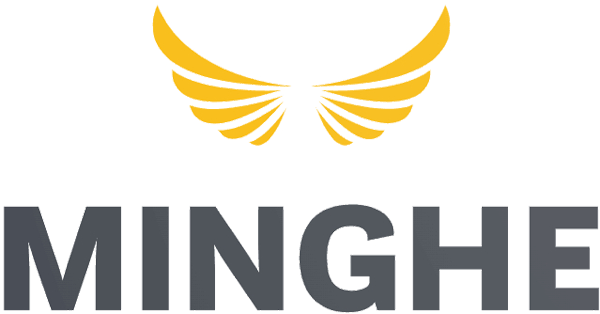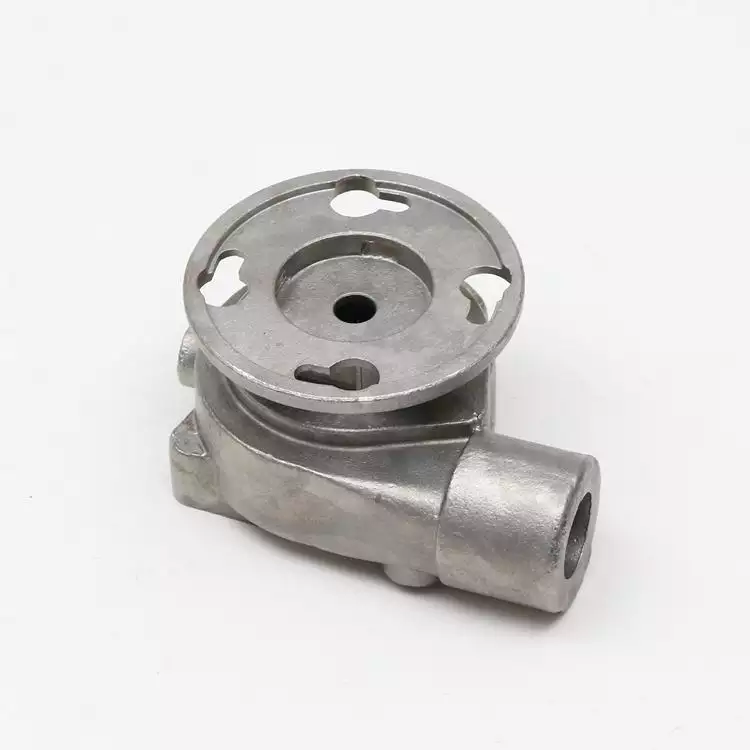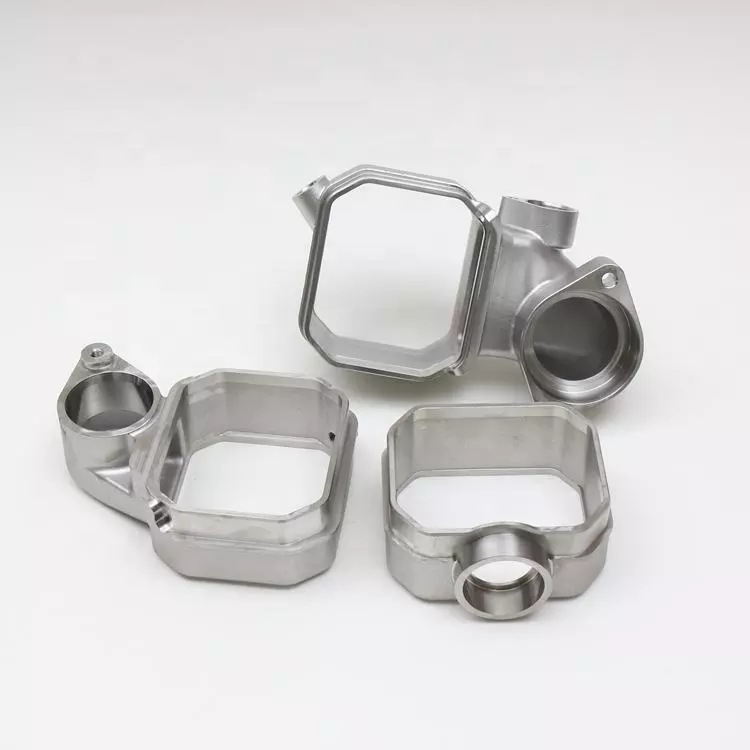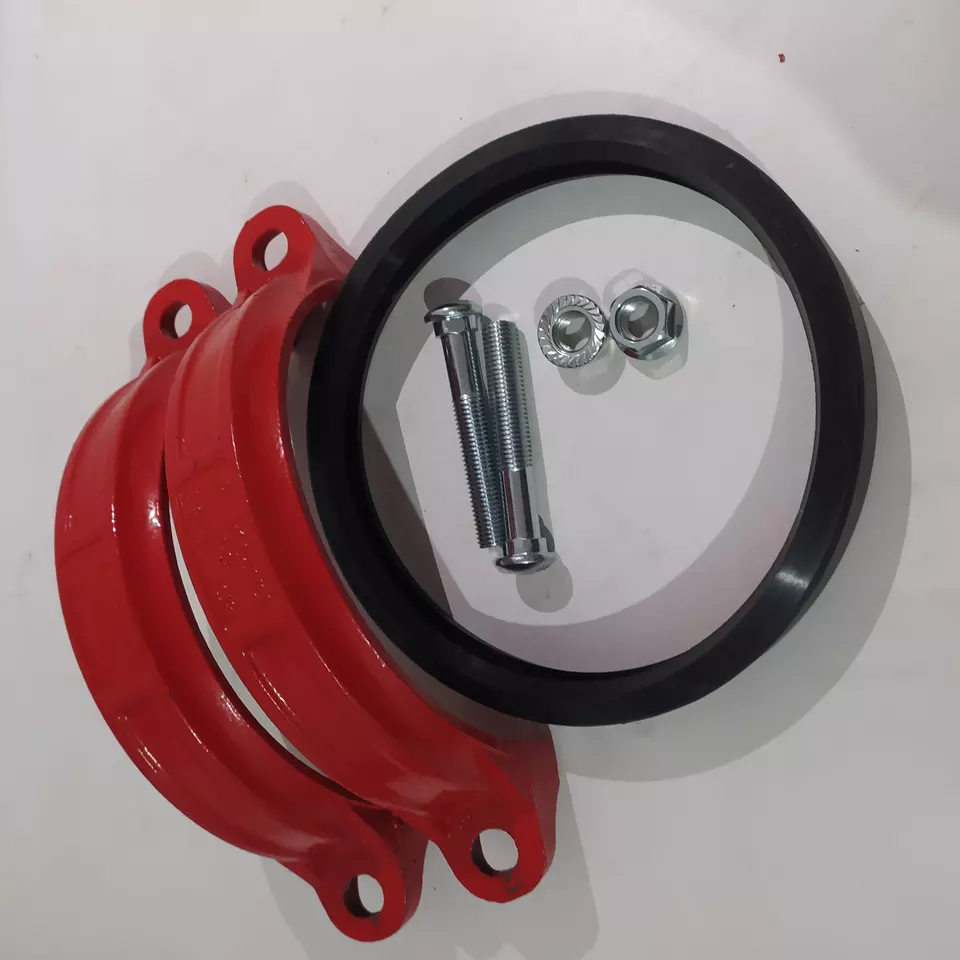IRON CASTING
Rapid prototyping
for cast iron parts
What is Cast Iron?
Cast iron is an iron alloy of iron, carbon and silicon. The carbon content is 2.1-4.5%, the silicon content is about 2.2%, and contains a small amount of sulfur, manganese, and phosphorus.
Cast iron is one of the oldest casting methods in the world. Cast iron is melted and poured into molds or castings to make part of a product of the desired size and shape. Cast iron is used in a variety of industries. During the manufacture of cast iron, the alloying elements determine the type of cast iron. Iron castings offer a wide range of performance advantages over steel castings.

Advantages of cast iron parts
- Good casting properties (low Tm, good fluidity). Shapes and dimensions of any complexity can be given without the use of expensive machining operations
- Good machinability (graphite cast iron)
- Low cost
- High compressive strength compared to steel
- Excellent resistance to vibration (or damping) and therefore used in the manufacture of machine frames
- Good sensitivity
- Excellent wear resistance
- Maintains constant mechanical properties between 20 and 350 degrees Celsius
- Very low notch sensitivity
- Low stress concentration
- Durable, anti-deformation
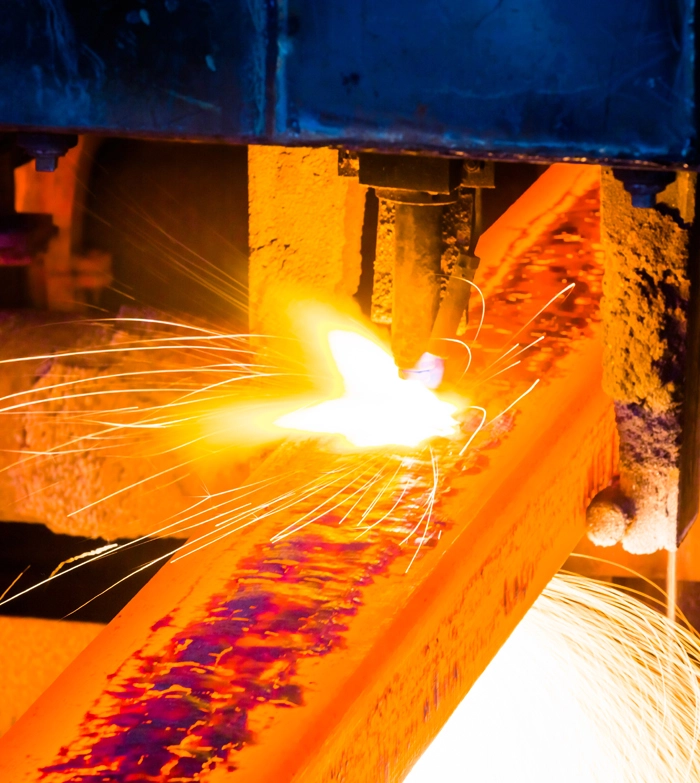
Types of castings
The main types of cast iron are gray iron, ductile iron, compacted graphite iron, white, malleable iron, wear-resistant, nodular or ductile iron, austenitic. Here we make a brief introduction in the table below.
Types
Properties
White cast iron:
The carbon is here in the form of iron carbide (Fe3C).
High compressive strength
Difficulty processing
Good hardness
Wear resistance
Gray cast iron:
The carbon here mainly exists in the form of graphite.
It is inexpensive.
Good machinability
Good wear and abrasion Resistance
High compressive strength
Brittle
Ductile cast iron
High ductility
High strength
Malleable cast iron
They are ductile with the help of annealing.
They are used to make parts that are expensive to forge
Such as brake brackets, wheel hubs, etc.
They are cheap.
High ductility
Stronger than gray cast iron
Be twisted or bent without Breaking
Excellent machining ability
Ductile Iron or Ductile Iron
Here the graphite exists in the form of spheres or nodules.
High tensile strength
Good elongation properties
The applications of Iron Casting
Iron castings are the main raw materials for iron castings. It has a wide range of applications.
- Car parts
- Cookware and Cutlery
- Make an anchor for the ship.
- Stoves and Stoves
- Advantages of cast iron piping
- Engine blocks make a comeback
- Hardware, hinges, latches
- Pillars, railings, stairs
- Decorative feature, fence
- Tools and utensils
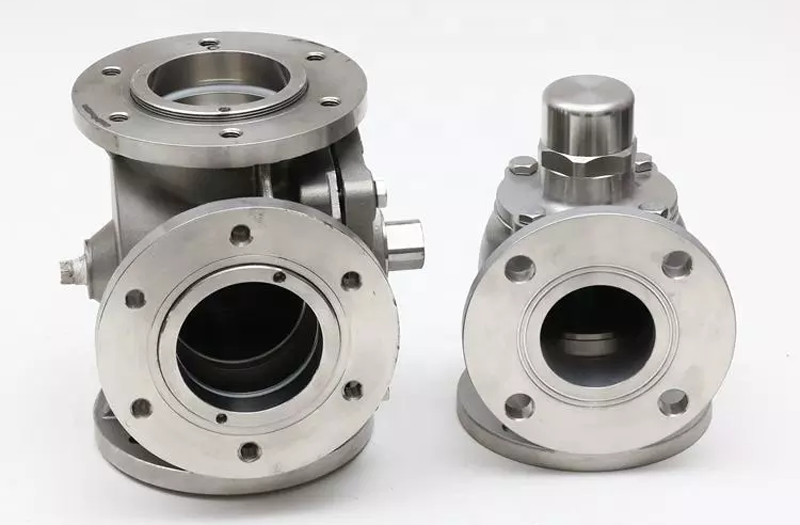
Cast iron process in our foundry
Like other investment castings, iron castings are produced in different ways. In our cast iron foundry, there are two main methods of casting iron: sand casting or lost foam casting.
Sand Casting
Also known as sand casting. Is the process of forming metal castings from non-reusable sand molds. Sand casting is used to produce a wide variety of cast iron components with complex geometries. In China, there are three types of sand casting techniques for manufacturing iron castings. They are coated sand casting, resin sand casting and clay sand casting.
Among them, coated sand casting is the most precise sand casting process, and the general casting tolerance is CT8. Iron castings less than 2kgs can be produced. Clay sand casting is the second investment casting process with general casting tolerance CT9. This method can be used for iron castings between 2kgs-60kgs. Resin sand casting is mainly used to produce large iron castings over 60 kg.
Steel Casting
Cast steel is a form of casting involving different steel grades. Cast steel can be used when cast iron does not provide the required level of strength. This is formed by pouring molten steel into a mould. Castings will be shaped according to the product that needs to be produced. The steel casting process is performed only by metalworking specialists.
Steel is a metalwork material with a wide range of uses. However, unlike iron, it is difficult to melt. With this, real experts must do this procedure. Today, steel castings are used in industries as diverse as electronics, food processing, and construction.
Cast iron commonly used cast iron and standards:
Cast Iron Standards
GB
AWS
BS
NF
DIN
ISO
Grey Iron
HT200
No.30
Grade 220
EN-GJL-200
GG20
200
Grey Iron
HT250
No.35
Grade 260
EN-GJL-250
GG25
250
Grey Iron
HT300
No.45
Grade 300
EN-GJL-300
GG30
300
Grey Iron
HT350
No.50
Grade 350
EN-GJL-350
GG35
350
Ductile Iron
QT450-10
65-45-12
GGG-40
EN-GJS-450-10
450/10
450-10
Ductile Iron
QT450-18
60-40-18
GGG-40
EN-GJS-450-18
400/18
450-18
Ductile Iron
QT500-7
80-55-06
GGG-50
EN-GJS-500-7
500/7
500-7
China Cast Iron Manufacturer and Export Company
Established in 2008, our cast iron company has a long history of cast iron production in China. Our equipment and plant facilities are continuously upgraded. Therefore, we can provide our customers with the best quality products using our latest lost foam casting and sand casting technology. Based on the advantages of cast iron, we can reduce production time. Shorten lead times and save on your cast iron costs. Enhance your competitiveness in the cast iron market.
In terms of professional technology, we have a knowledgeable and experienced team. In management, we abide by the ISO quality control system. Every inquiry will be answered professionally. If you have any foundry projects or inquiries, please contact us today for a free quote.
The Iron Castings Parts
Contact US
- Ka Shui Technology Park, Long Hai 3rd Road, Western Dayawan, District, Huizhou, Guangdong, China.
-
0769-81519985 +8613332681490
-
sales@hmminghe.com
SITEMAP
PRIVACY POLICY
TERMS & CONDITIONS
© 2017 – 2022 Minhe Company, All Rights Reserved.
ISO 9001:2015 CERTIFIED
